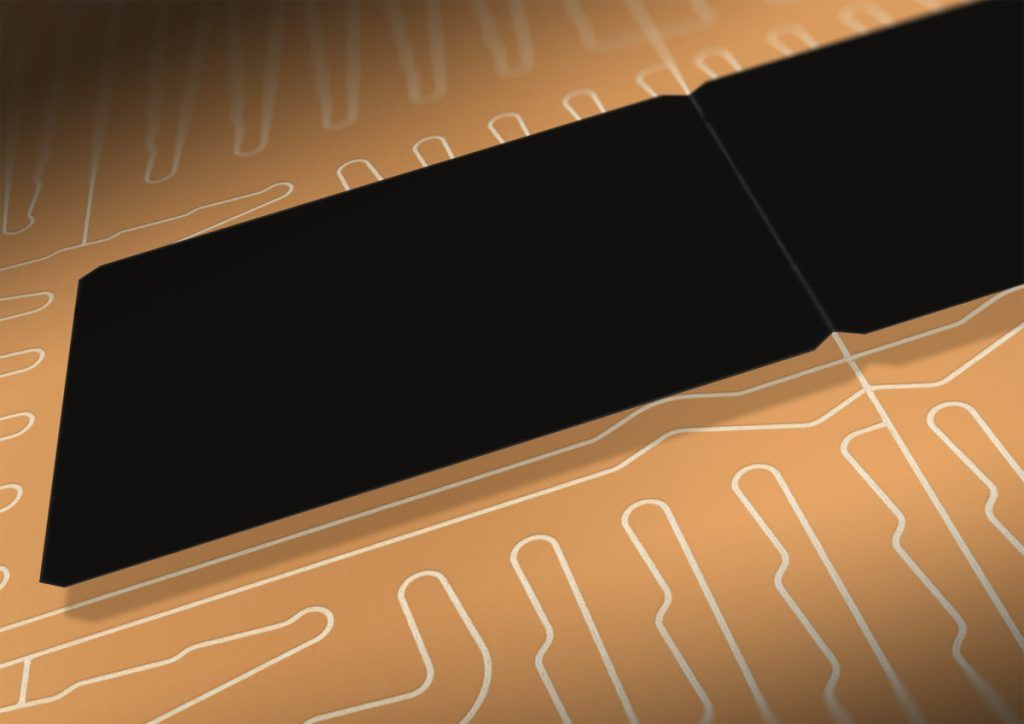If you’re familiar with solar panels, you might have seen the grid-like patterns of thin metal lines on their surfaces. These lines are actually the front contacts that collect the electricity generated by the panel.
Now, imagine a solar cell without these lines on the front. This is what we call a Back Contact (BC) solar cell. In BC solar cells, all the electrical contacts are moved to the back of the cell, allowing the front to capture more sunlight. This design change brings several advantages, making BC solar cells a promising advancement in solar technology.

What is a BC Solar Cell?
A Back Contact (BC) solar cell, also known as an Interdigitated Back Contact (IBC) cell, is a type of solar cell where all the electrical contacts are located on the back of the cell. This means the front of the cell, which faces the sun, has no metal lines (called gridlines) obstructing it. The concept of BC solar cells was first introduced in 1975 and has evolved over the years to become one of the most efficient solar technologies available today.
How Does a BC Solar Cell Work?
In a typical solar cell, metal gridlines on the front side capture sunlight and convert it into electricity. However, these gridlines block some of the sunlight, reducing the cell’s efficiency. In a BC solar cell, the front side is entirely free of these obstructions. All the electrical components are placed on the back, allowing the cell to capture more sunlight and generate more electricity.
Benefits of BC Solar Cells
- Higher Efficiency
- No Front Gridlines: Without metal lines on the front, more sunlight hits the cell directly, increasing the amount of electricity generated.
- Improved Light Absorption: The entire surface is used for light absorption, maximizing the cell’s efficiency.
- Better Aesthetics
- Sleek Appearance: Since the front is clear of gridlines, BC solar cells have a more uniform and attractive appearance, making them ideal for residential and commercial buildings where aesthetics matter.
- Enhanced Performance
- Less Heat Buildup: With fewer components on the front, BC solar cells can stay cooler, which helps maintain their efficiency over time.
- Durability: The unique design can make BC cells more robust and less prone to damage, extending their lifespan.
- Compatibility with Other Technologies
- Versatile Use: BC solar cells can be combined with other solar technologies like PERC, TOPCon, and HJT to create even more efficient hybrid cells. For example, combining BC technology with HJT cells forms an HBC cell, which boasts very high efficiency rates.
- Broad Applications
- Flexible Usage: Their sleek look and high efficiency make BC solar cells suitable for a variety of applications, from residential rooftops to large-scale solar farms.
Challenges in Production
Despite their advantages, BC solar cells face some production challenges:
- Complex Manufacturing: Creating BC cells requires precise and intricate processes, which can be more expensive and technically demanding than traditional cells.
- Equipment Investment: The production line for BC cells needs specialized equipment, increasing the initial investment cost.
- Yield Rates: Ensuring high-quality production can be tricky, leading to lower initial yield rates and higher costs.
However, advancements in laser technology and other manufacturing processes are gradually overcoming these hurdles, making BC solar cells more accessible and cost-effective.
Future of BC Solar Cells
The future looks bright for BC solar cells. As production techniques improve and costs decrease, these cells are likely to become a mainstream choice for solar energy. Their high efficiency, combined with aesthetic appeal and versatile applications, positions BC solar cells as a key player in the next generation of solar technology.


